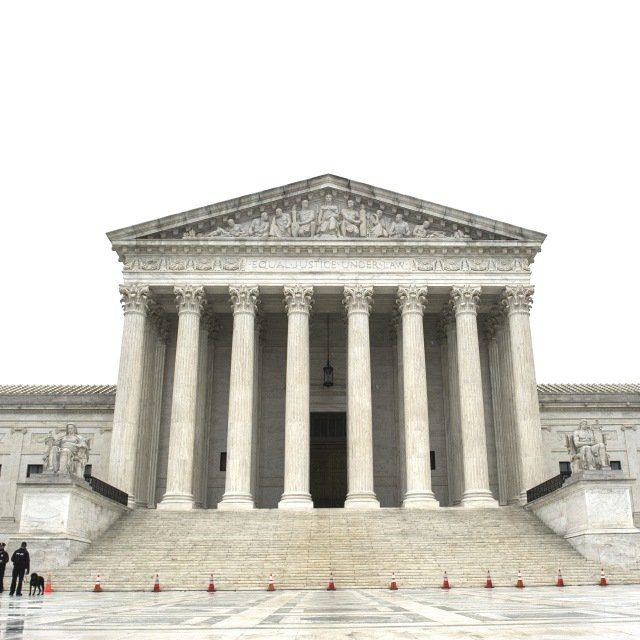Supreme Court Backs Health Plan in 'Disparate Impact' Discrimination Case

The Ruling
Justice Brett Kavanaugh wrote in an opinion for the majority that offering different levels of benefits is different from offering one level of benefits with a disparate impact on different groups of enrollees.
The Medicare Secondary Payer statute does not include a disparate-impact provision, and the Centers for Medicare and Medicaid Services has not included such a provision in the regulations implementing the statute, according to Kavanaugh.
Kavanaugh also argued that implementing a disparate-impact theory in connection with kidney dialysis benefits would be all but impossible.
“The premise of the disparate-impact theory is that the plan’s benefits for outpatient dialysis are inadequate,” Kavanaugh wrote. “But what level of benefits would be adequate, and how would courts determine the level of benefits that qualifies as adequate?”
The Dissent
Justices Elena Kagan and Sonia Sotomayor disagreed with part of the ruling.
Kagan wrote, in a dissenting opinion, that trying to distinguish between differentiation of benefits and disparate impact makes no sense in this case, because most people who get dialysis have end-stage kidney disease, and almost all people diagnosed with end-stage kidney disease get dialysis.
“A reimbursement limit for outpatient dialysis is in reality a reimbursement limit for people with end-stage renal disease,” Kagan asserted. “A tax on yarmulkes remains a tax on Jews, even if friends of other faiths might occasionally don one at a Bar Mitzvah.”
Kagan predicted that health plans will now see that they can push enrollees with end-stage kidney disease onto Medicare simply by limiting benefits for dialysis, rather than specific types of patients.
“Congress would not — and did not — craft a statute permitting such a maneuver,” Kagan wrote. “Now Congress will have to fix a statute this court has broken.”
Pictured: The U.S. Supreme Court building in Washington, D.C. Photo: Diego M. Radzinschi/ALM




